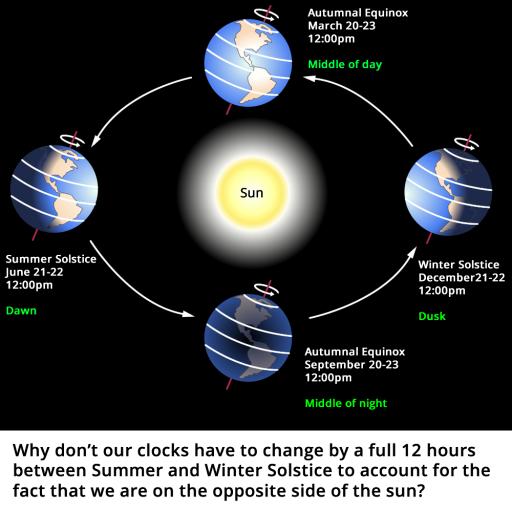

The subsolar point is an area where the sun's rays shine perpendicular to Earth's surface-a right angle. (The Equator, of course, is 0° latitude.) So, equinoxes are the only times of the year when the subsolar point is directly on the Equator.

Solar declination describes the latitude of Earth where the sun is directly overhead at noon. The September equinox is the autumnal equinox in the Northern Hemisphere and the vernal in the Southern.ĭuring the equinoxes, solar declination is 0°.

The March equinox is the vernal equinox in the Northern Hemisphere, and the autumnal equinox in the Southern. On Earth, there are two equinoxes every year: one around March 21 and another around September 22. Sometimes, the equinoxes are nicknamed the “ vernal equinox” (spring equinox) and the “ autumnal equinox” (fall equinox), although these have different dates in the Northern and Southern Hemispheres. The equinoxes are the only time when both the Northern and Southern Hemispheres experience roughly equal amounts of daytime and nighttime. An equinox is an event in which a planet’s subsolar point passes through its Equator.


 0 kommentar(er)
0 kommentar(er)
